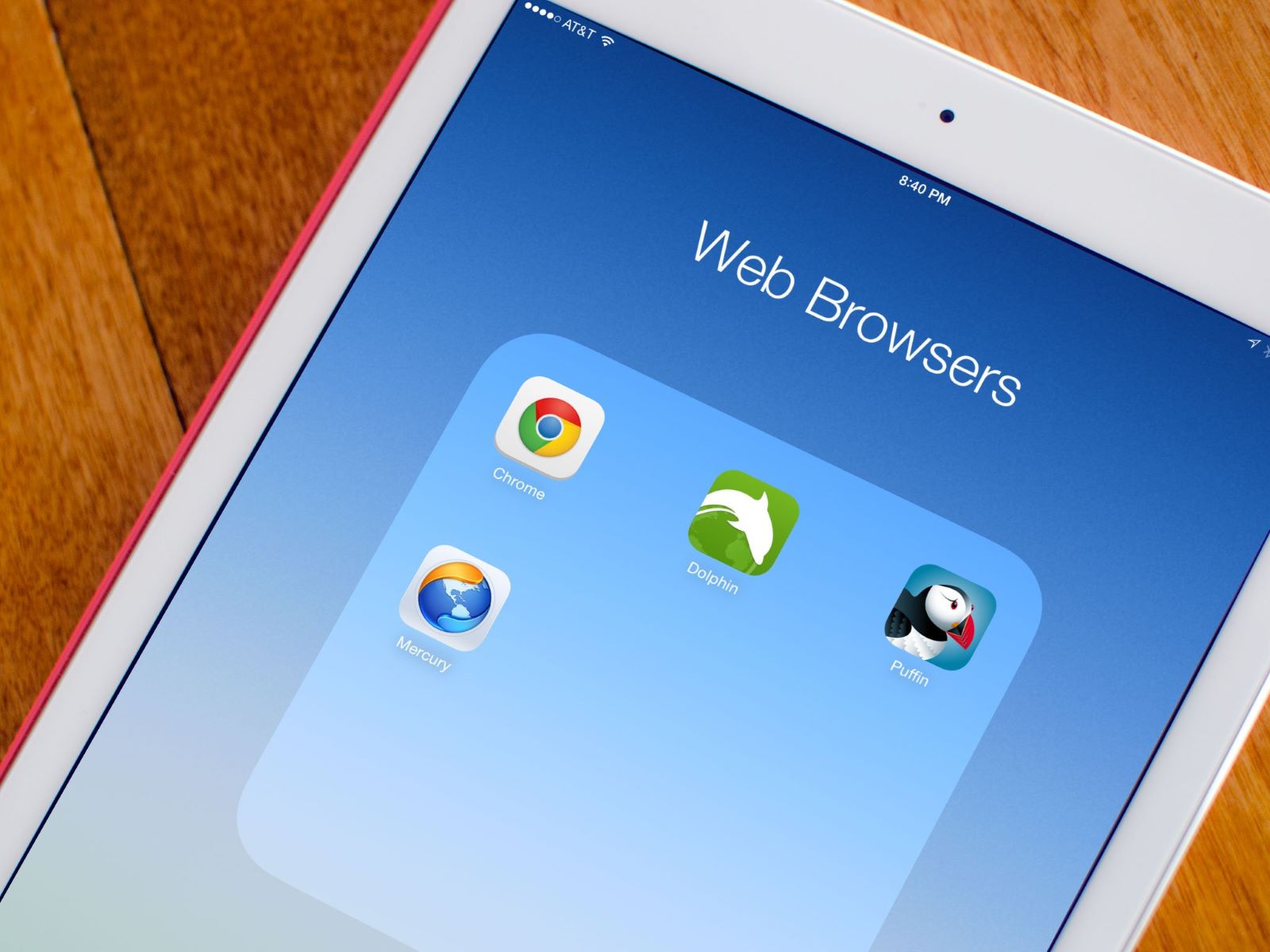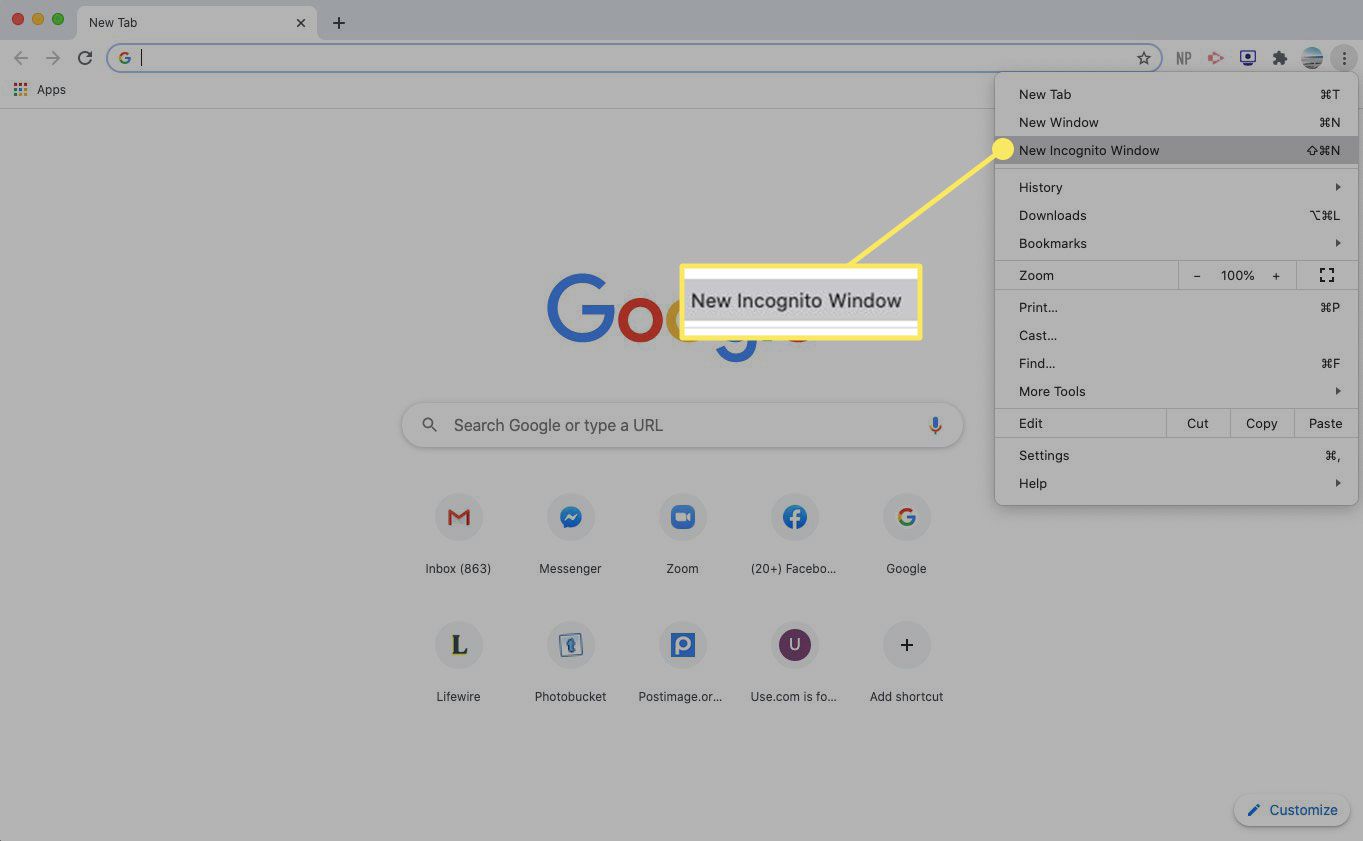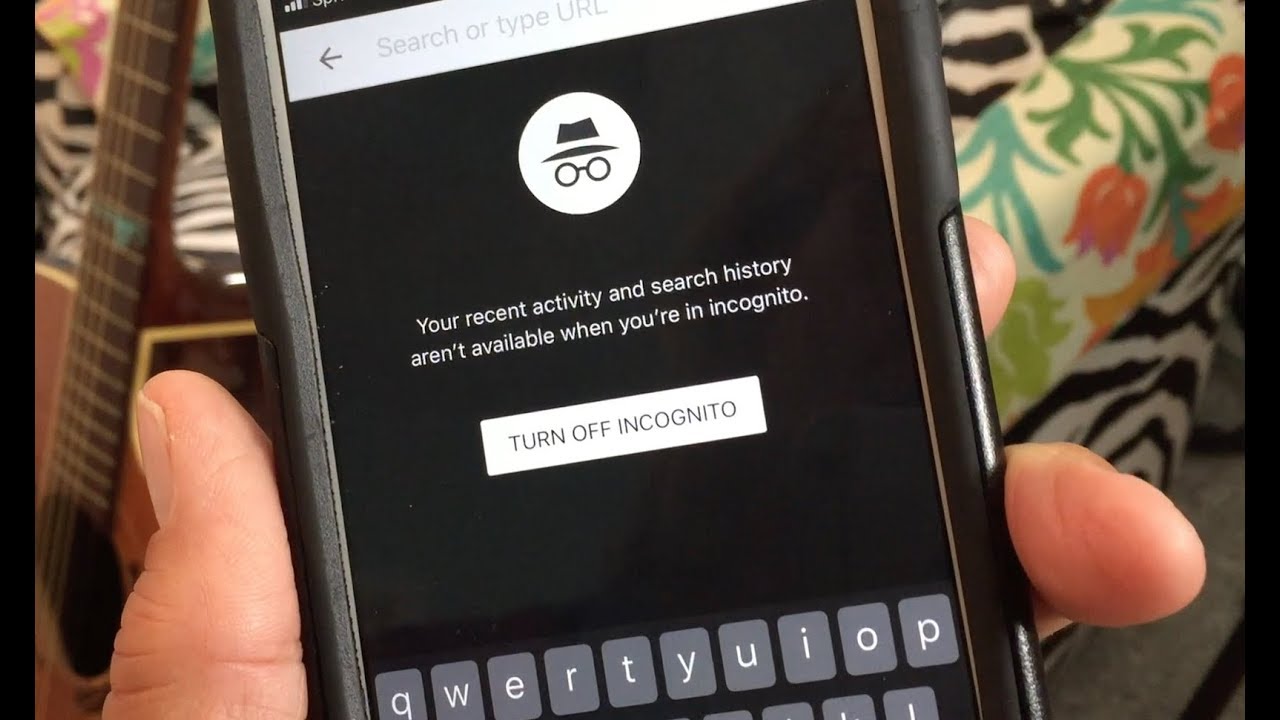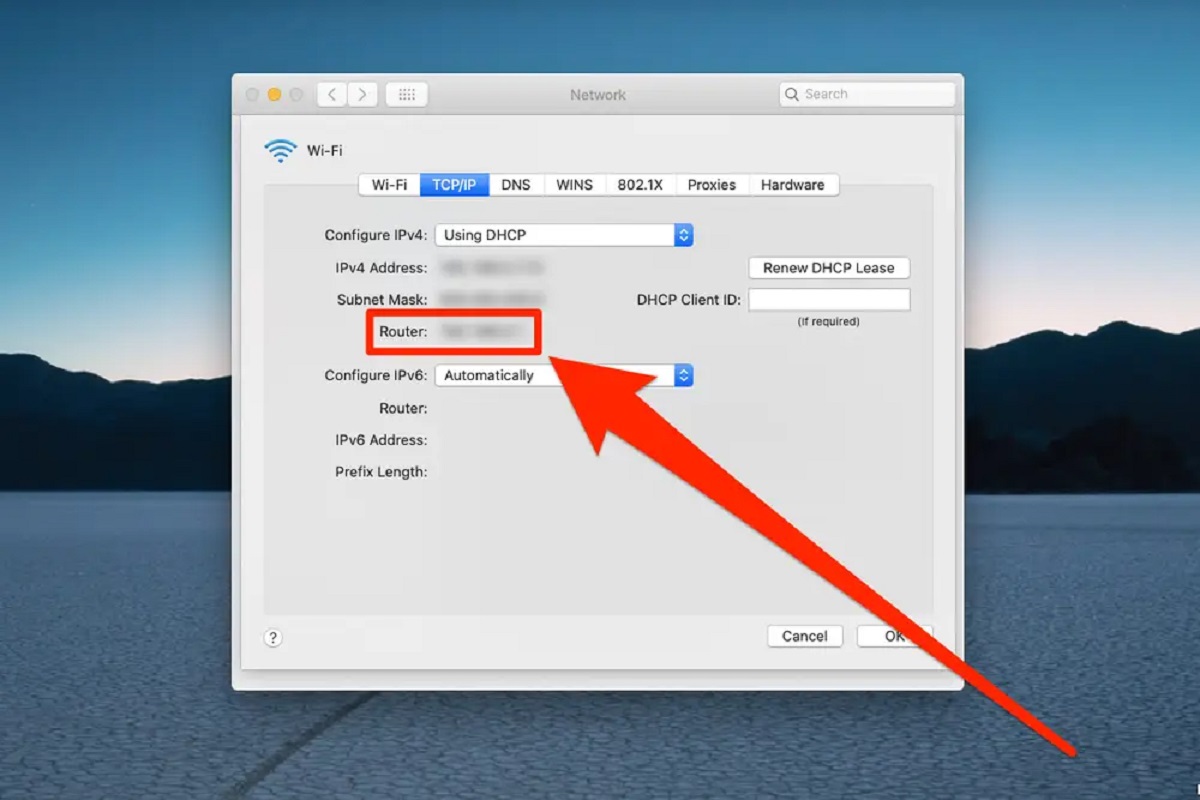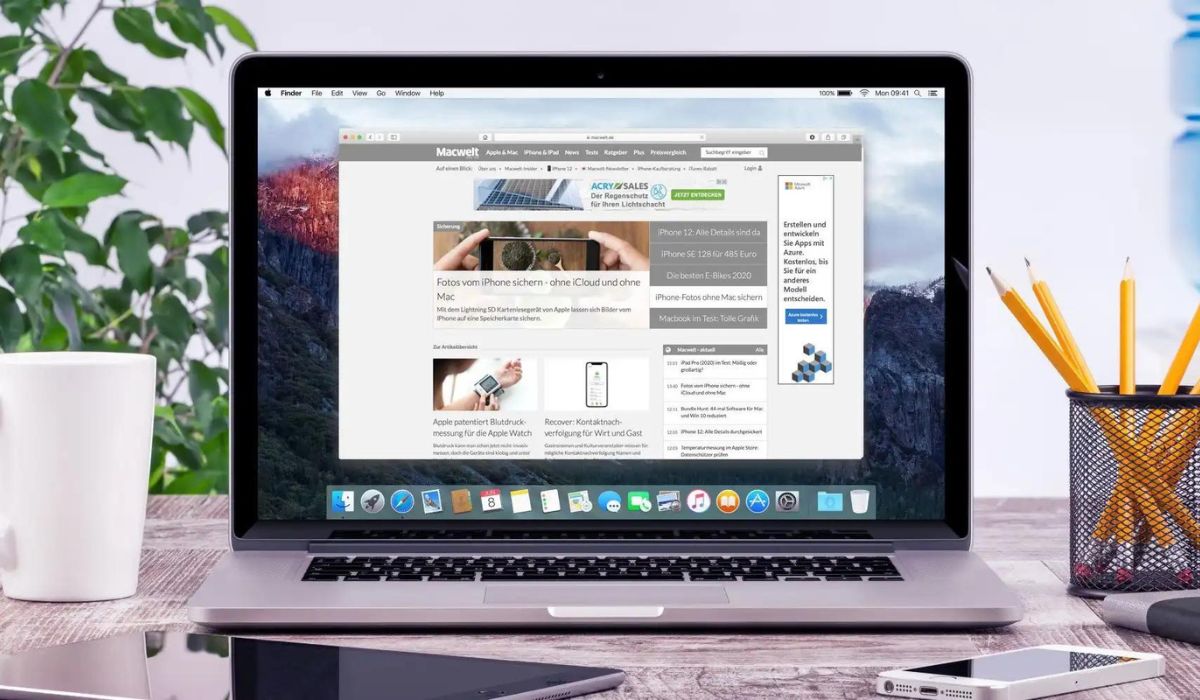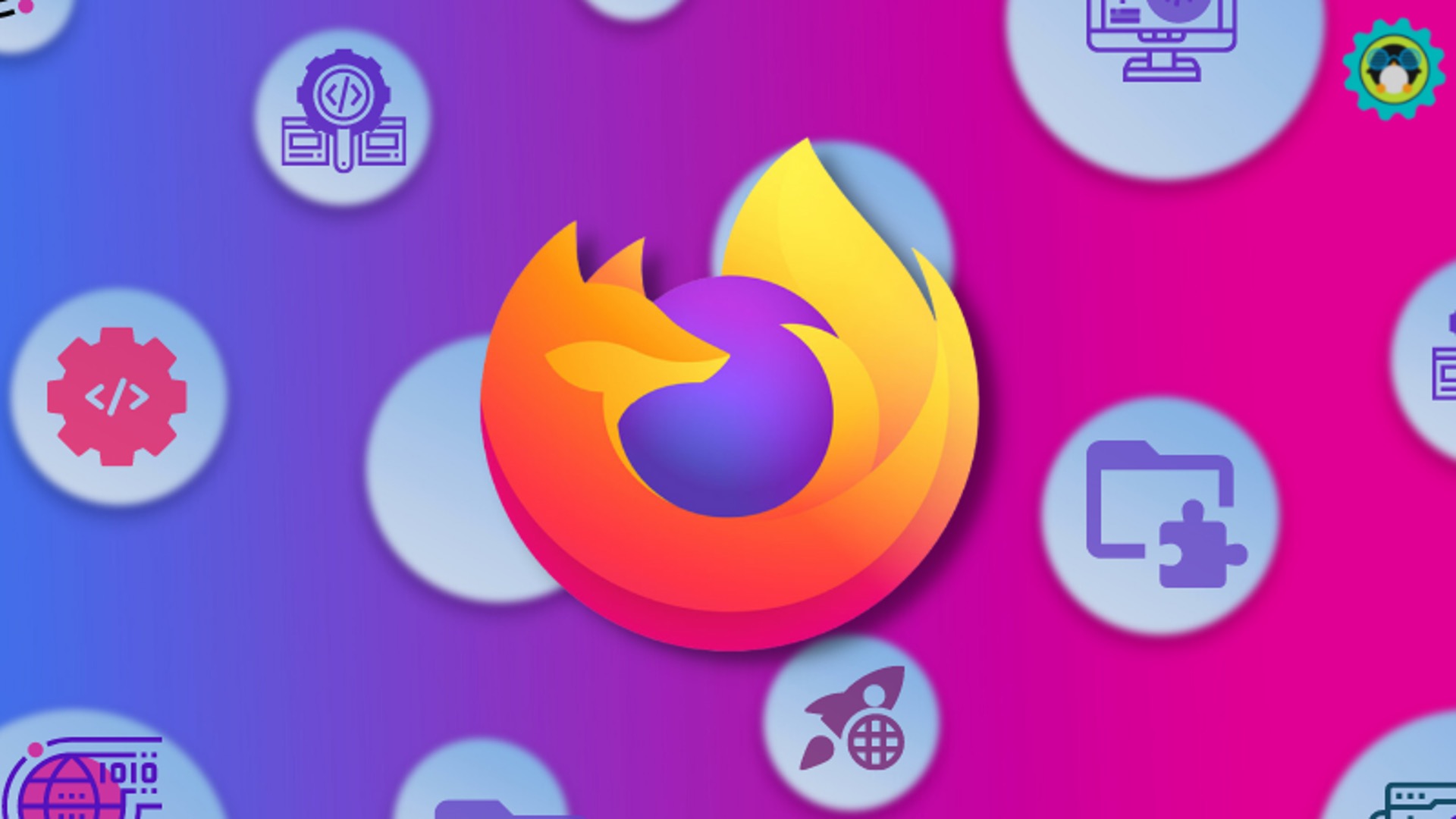Common Causes of Firefox Screen Going Black
A black screen in Firefox can be a frustrating experience, disrupting your browsing activities and leaving you wondering about the underlying cause. Understanding the common triggers behind this issue can help you troubleshoot and resolve it effectively. Here are some prevalent reasons why your Firefox screen may go black:
-
Outdated Graphics Drivers: One of the primary culprits behind a black screen in Firefox is outdated or incompatible graphics drivers. When your system's graphics drivers are not up to date, it can lead to display-related issues, including black screens while using the Firefox browser.
-
Hardware Acceleration: Firefox utilizes hardware acceleration to enhance the browsing experience by offloading certain tasks to your system's GPU. However, this feature can sometimes result in a black screen, especially if your GPU drivers are outdated or incompatible with the browser's hardware acceleration settings.
-
Conflicting Add-ons or Extensions: The presence of conflicting or outdated add-ons or extensions in Firefox can trigger display anomalies, including a black screen. These add-ons may not be optimized for the browser's latest version or could conflict with other installed extensions, leading to visual disruptions.
-
Incompatible Themes or Personas: Custom themes or personas applied to Firefox can sometimes lead to a black screen, particularly if they are not compatible with the browser's current version or if they conflict with other visual customization settings.
-
Corrupted Profile or Cache: A corrupted Firefox profile or cache can also manifest as a black screen during browsing sessions. Issues within the browser's profile or cache data can disrupt the rendering of web content, resulting in a blacked-out display.
Understanding these common causes can provide valuable insights as you navigate the troubleshooting process. By identifying the specific trigger behind the black screen in Firefox, you can take targeted steps to address the issue and restore seamless browsing functionality.
How to Troubleshoot a Black Screen in Firefox
Encountering a black screen while using Firefox can be perplexing, but there are several effective troubleshooting steps you can take to address this issue and restore normal browsing functionality. Here's a comprehensive guide to help you navigate through the troubleshooting process:
1. Restart Firefox
Begin by closing the Firefox browser and reopening it. Sometimes, a simple restart can resolve temporary display glitches, including black screens. If the issue persists, proceed to the next steps.
2. Disable Hardware Acceleration
Access the Firefox menu, navigate to Options > General, and scroll down to the Performance section. Uncheck the option for "Use recommended performance settings" and then uncheck "Use hardware acceleration when available." Restart Firefox to see if the black screen persists. Disabling hardware acceleration can mitigate display-related issues caused by GPU incompatibility or driver issues.
3. Start Firefox in Safe Mode
Firefox's Safe Mode allows you to troubleshoot issues by temporarily disabling add-ons and themes. To initiate Safe Mode, click on the Firefox menu, select Help, and then choose "Restart with Add-ons Disabled." If the black screen does not appear in Safe Mode, it indicates that an add-on or theme may be causing the issue.
4. Update Graphics Drivers
Ensure that your system's graphics drivers are up to date. Visit the website of your graphics card manufacturer to download and install the latest drivers. Updated drivers can resolve compatibility issues that may be contributing to the black screen problem in Firefox.
5. Clear Firefox Cache and Cookies
Navigate to the Firefox menu, select Options > Privacy & Security, and under the Cookies and Site Data section, click on "Clear Data." Additionally, you can clear the browser cache by clicking on "Clear History" and selecting the appropriate options. Clearing cache and cookies can eliminate corrupted data that might be affecting the display.
6. Create a New Firefox Profile
If the black screen persists, creating a new Firefox profile can help isolate profile-related issues. To create a new profile, type "about:profiles" in the address bar, click "Create a New Profile," and follow the on-screen instructions. Test Firefox using the new profile to determine if the black screen reoccurs.
By following these troubleshooting steps, you can systematically identify and address the underlying factors contributing to the black screen in Firefox. These measures empower you to diagnose and resolve the issue, ultimately restoring a seamless browsing experience.
Updating Graphics Drivers to Fix Black Screen Issue in Firefox
Updating graphics drivers is a crucial step in addressing the black screen issue in Firefox. Outdated or incompatible graphics drivers can significantly impact the browser's ability to render content, leading to visual anomalies such as black screens. By ensuring that your system's graphics drivers are up to date, you can mitigate potential compatibility issues and enhance the overall stability of Firefox.
To begin the process of updating graphics drivers, it is essential to identify the specific graphics hardware installed on your system. This information allows you to download the appropriate drivers from the manufacturer's official website. Most modern computers utilize either NVIDIA, AMD, or Intel graphics solutions, each requiring distinct driver updates tailored to their respective hardware.
Once you have determined the make and model of your graphics hardware, visit the official website of the manufacturer. Navigate to the support or driver download section, where you can input your specific graphics card details to access the latest driver releases. It is crucial to download drivers directly from the official source to ensure authenticity and compatibility.
Before proceeding with the driver update, it is advisable to uninstall the existing graphics drivers to prevent potential conflicts. This can be achieved by accessing the Device Manager on Windows or the System Information utility on macOS to locate and uninstall the current graphics drivers. Following the removal of the old drivers, proceed to install the newly downloaded drivers according to the manufacturer's instructions.
After successfully updating the graphics drivers, restart your system to apply the changes. Upon rebooting, launch Firefox and assess whether the black screen issue has been resolved. Updated graphics drivers can optimize the interaction between Firefox and your system's graphics hardware, potentially eliminating the occurrence of black screens during browsing sessions.
Regularly checking for graphics driver updates and ensuring their timely installation is essential for maintaining a stable and reliable browsing experience. By proactively managing graphics driver updates, you can effectively address the black screen issue in Firefox and promote seamless visual rendering while navigating the web.
Checking for Conflicting Add-ons and Plugins in Firefox
Identifying and addressing conflicting add-ons and plugins is a crucial aspect of troubleshooting a black screen issue in Firefox. Add-ons and plugins enhance the functionality and features of the browser, but incompatible or outdated extensions can lead to visual disruptions, including black screens. By systematically evaluating the installed add-ons and plugins, you can pinpoint potential conflicts and take targeted measures to resolve them.
Assessing Installed Add-ons and Plugins
Begin by accessing the Firefox menu and selecting "Add-ons" to view the list of installed extensions and plugins. Take note of any recently added or updated items, as well as those that may have compatibility warnings or known issues with the current version of Firefox. Additionally, pay attention to plugins such as Flash, Java, or Silverlight, which can impact the browser's display behavior.
Disabling and Enabling Add-ons
To identify conflicting add-ons, systematically disable each extension one at a time and then relaunch Firefox to observe if the black screen persists. This method allows you to isolate the specific add-on causing the issue. If disabling a particular add-on resolves the black screen problem, it indicates that the disabled extension is likely the source of the conflict.
Updating and Removing Problematic Add-ons
For add-ons that are identified as causing conflicts, check for available updates through the "Add-ons" menu. Updated versions may include fixes for compatibility issues, potentially resolving the black screen problem. If an add-on continues to trigger display anomalies, consider removing it entirely to prevent further disruptions.
Managing Plugins
In addition to add-ons, plugins such as Adobe Flash, Java, and others can contribute to display-related issues in Firefox. Ensure that plugins are up to date by visiting the official websites of their respective developers. If a plugin is found to be causing the black screen problem, consider disabling or removing it to assess its impact on the browser's display behavior.
Testing in Safe Mode
Firefox's Safe Mode, accessed through the Help menu, allows you to troubleshoot by temporarily disabling add-ons and themes. Testing Firefox in Safe Mode can help identify whether conflicting add-ons or plugins are contributing to the black screen issue. If the problem does not occur in Safe Mode, it suggests that an add-on or plugin may be the root cause.
By systematically evaluating and managing installed add-ons and plugins, you can effectively identify and address conflicts that may lead to a black screen in Firefox. This proactive approach empowers users to maintain a stable and seamless browsing experience while mitigating the impact of incompatible or problematic extensions.










